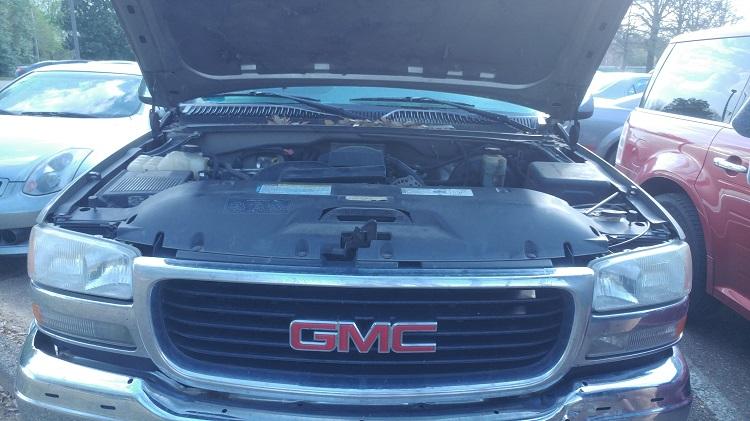How To: Maintain Your Vehichle
In this article you will see how to maintain a car like this.
March 27, 2017
For many young people getting the keys to their first car is the first real step towards independence, but independence is fleeting if you are not able to maintain your car properly. That is where this article comes in. In this article you will find five easy steps to keep your new (or new to you) car running properly. Also remember that safety is of the utmost importance, so only perform maintenance on your vehicle if you know exactly what you are doing.
1. Know how to change a flat tire
Being stranded on the side of the road is a dangerous place to be in many circumstances, so knowing how to replace your own tire is critical when you are stuck on the road. First, it is important to know that you should always have three things in your car with no exception: a car jack, a wrench and an inflated spare tire.
Once you have all these things, the general summary of changing a tire is to put the vehicle into a stationary position using a parking brake, raise the vehicle with the jack, unscrew the lug nuts holding your flat tire with the wrench, replace the tire with the spare and then return the car to its normal position by lowering the jack.
It is important to note that spare tires are not meant to be driven on for more than seventy miles; they are temporary replacements, not long time solutions. These steps have glanced over many specific details of changing a tire, but to be better acquainted with the small details of the process a more in depth guide can be found at http://www.bridgestonetire.com/tread-and-trend/drivers-ed/how-to-change-a-flat-tire.
2. Know how your car works with oil
This section is more relevant to those who have older cars. As cars age, the gaskets that are meant to keep oil from leaking out of the engine can stretch or become misshapen in other ways so that they no longer make a perfect seal. If your car begins to lose a significant amount of oil, then it is important to take it to a professional to be serviced.
Also, if blue smoke begins to come out from under the hood of your car, then you can assume that something is probably wrong and your engine is likely “burning oil,” which can lead to serious engine damage.
3. Know how to treat a car that is “running hot”
Your vehicle may be “running hot” if the temperature gauge on your dashboard shows that , it is important to treat the issue so that no damage is done to the engine. The biggest reason for cars overheating is simply not enough coolant being present in your radiator. If this is the issue in your situation, then the radiator simply needs to be refilled to the “full” line with a 1:1 mixture of coolant and water.
While filling up the radiator, it is important to ensure that the car has been sitting for multiple hours so that the engine has cooled off. Also while filling, check for leaks in the radiator, because that is another possible source of the problem.
4. Know how to restart a dead battery
Before restarting your car in the instance that it has died you need two things: a set of jumper cables and a benevolent second party who is willing to help you with their own car.
The first thing to do when jumping off a car is to ensure that both vehicles are in park or neutral. Second, take out the jumper cables, attaching one end of the red jumper cable to the positive terminal of your car and then attach the other end of the red cable to the positive terminal of the benevolent second party’s car. Next, attach one end of the black cable to the negative terminal of the donor car and the other end to an unpainted metal surface on your car that is not near the engine. DON’T LET THE CLAMPS TOUCH EACH OTHER.
After the cables are attached properly, allow the normally functioning car’s engine to run for a few minutes to charge your car’s battery. After this your car should be up and running again.
5. Know when to take your car to a professional
Knowing how to fix little issues on your car is part of the responsibility of being a car owner, but everyone should know the limit of their ability. There is a certain point at which a problem is too serious to fix by yourself; at this point you should seek a mechanic.









